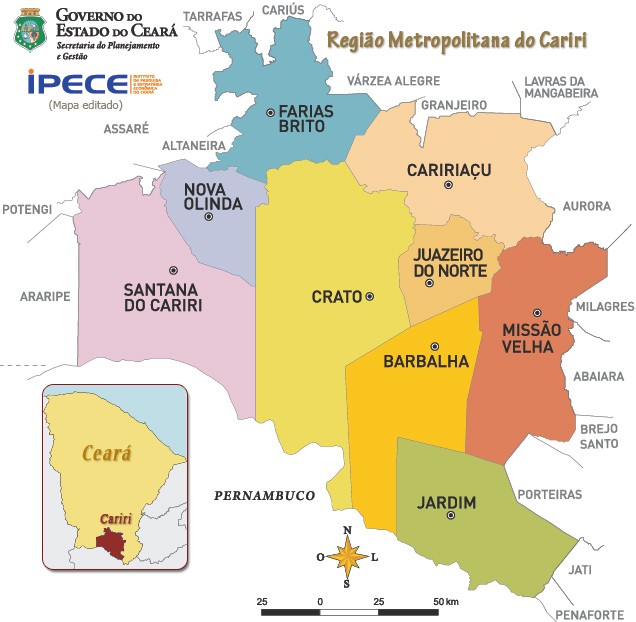Religious tourism in Juazeiro do Norte and other northeastern regions
Ceará is a state with a strong religious presence, reflected in its traditions and festivities.
In the interior, at least four cities stand out for their Catholicism, symbolised by the figures of Padre Cícero (Juazeiro do Norte), Nossa Senhora de Fátima (Crato), Benigna (Santana do Cariri) and São Francisco das Chagas (Canindé).
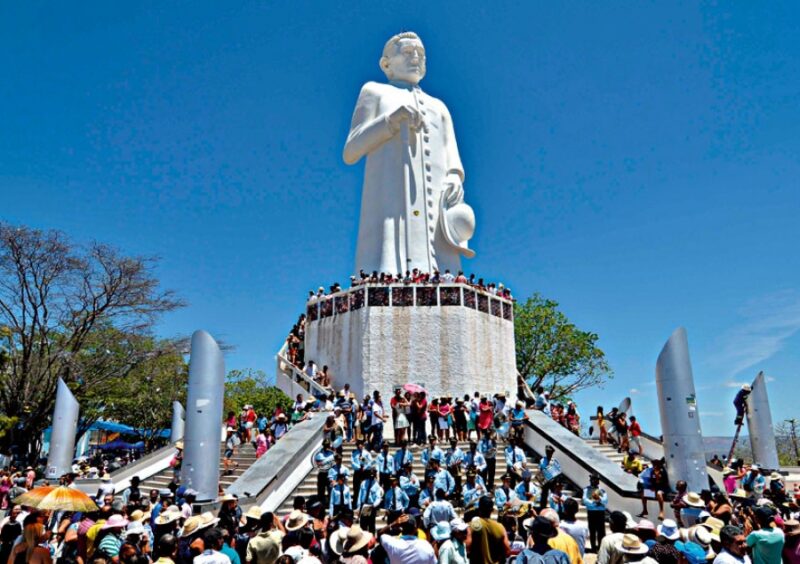
These municipalities are linked by the so-called “Route of Faith”, where pilgrims travel from one city to another in search of Catholic celebrations.
Historical context
The figure of Father Cícero Romão Batista, known as Padim Ciço, is central to the religiosity of Ceará. He came to prominence at the beginning of the 20th century and his influence attracted many believers to Juazeiro do Norte, where he became a symbol of faith and hope.
Devotion to him manifests itself in pilgrimages and religious practices that attract tourists from all over Brazil and abroad.
Religious Tourism in Juazeiro do Norte
Juazeiro do Norte, known as the Land of Padre Cícero, receives around 3 million visitors every year, including the curious and the devout. Most of these visitors come to the city to take part in the pilgrimages, events that are fundamental to the local culture and religiosity.


Juazeiro do Norte e a história de Padre Cícero!

Juazeiro do Norte no Ceará00:59

Estátua do Padre Cicero em Juazeiro do Norte CE00:57

Juazeiro do Norte CE - História02:21
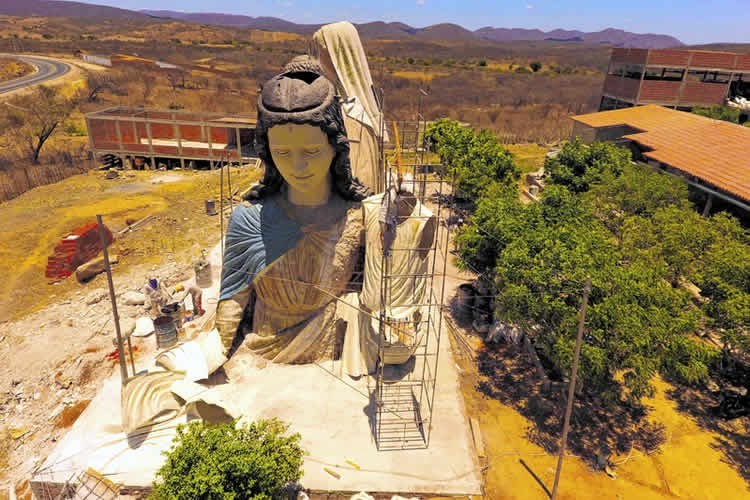
Pontos de Peregrinação Religiosa em Juazeiro do Norte07:59

Museu Paleontologia de Santana de Cariri02:53
Father Cícero Romão Batista’s short biography
Father Cícero Romão Batista was born on 24 March 1844 in the city of Crato, Ceará. He was a Catholic priest and spiritual leader, known for his deep faith and for helping those in need.
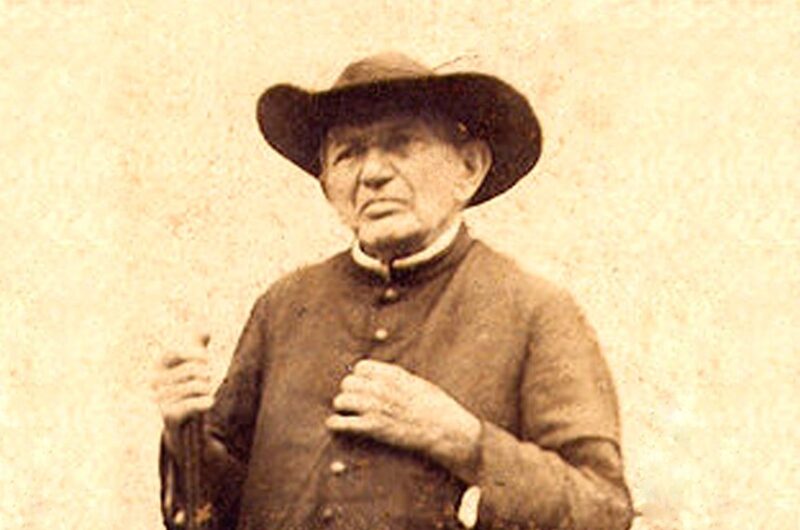
In 1889, after a miraculous event that attracted the attention of many of the faithful, he settled in Juazeiro do Norte, where he began to develop an intense pastoral activity.
His devotion to Our Lady and his work in the community made Juazeiro an important pilgrimage centre. Father Cícero died on 20 July 1934 and was buried in the Church of Our Lady of Sorrows in Juazeiro do Norte.
The place has become an important point of reference for the faithful visiting the city, where many go to pay their respects and pray in his memory.
Pilgrimage to the tomb of Padre Cícero
During the period from 29 October to 2 November, when the pilgrimage to the tomb of Padre Cícero takes place, the city receives around 500,000 visitors, making it the second largest pilgrimage in Brazil.
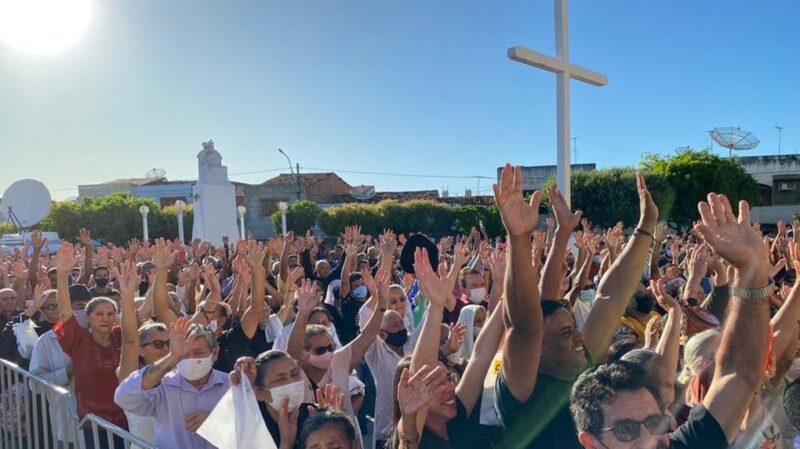
This event highlights the importance of faith and devotion in the lives of locals and visitors, and consolidates Juazeiro do Norte as one of the main pilgrimage destinations in the country.
Places of devotion
Juazeiro do Norte is marked by a rich religious tradition and the iconic figure of Father Cícero Romão Batista, one of Brazil’s most important spiritual leaders.
Devotion to Father Cícero attracts thousands of worshippers to various temples that are an integral part of the city’s history. These places serve as centres of worship and meeting places for those seeking inspiration and blessings.
1. Horto Hill
Horto Hill is an important pilgrimage site in Juazeiro do Norte, Ceará. This place is famous for being one of the places where Father Cícero carried out his religious and spiritual activities.
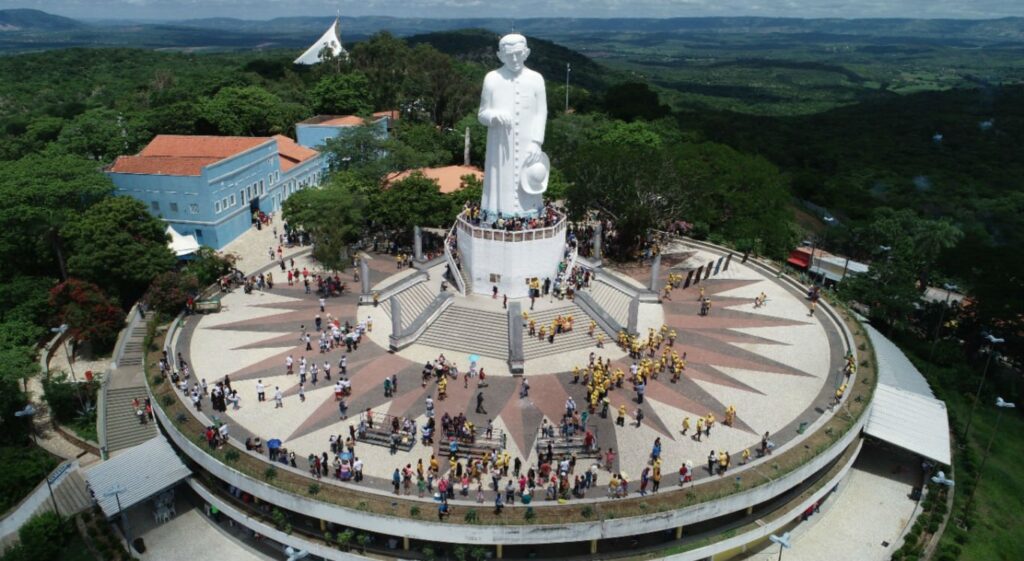
At the top of Horto Hill stands a 27 metre high statue in honour of Padre Cícero. Around the monument, thousands of devotees write petitions and give thanks for the graces they have received, while enjoying one of the most beautiful views in the municipality.
The statue, which is 41 years old, was rebuilt to commemorate the centenary of the emancipation of Juazeiro do Norte.
The pilgrimage continues along a three-kilometre trail to a meditation area with chapels and unspoilt landscapes, culminating in the Franciscan Sanctuary, where you will find the grotto that hosts the famous Walk of the Souls.
Main features of Horto Hill
- Natural setting: The hill offers a peaceful setting and panoramic views of the city, making it a favourable place for reflection and prayer.
- Church of São Pedro do Horto: On the site is the Church of São Pedro do Horto, one of the most important churches linked to the story of Padre Cícero. This church is a meeting place for the faithful and is often visited during pilgrimages.
- Religious significance: Horto Hill is considered a sacred place where many devotees come to seek blessings and make promises. It symbolises faith and devotion to Padre Cícero.
- Religious events: Throughout the year, the site hosts various religious celebrations and events, attracting visitors from all over Brazil.
Colina do Horto is therefore an important point of reference in the religiosity of the Northeast and in the history of Padre Cícero, offering visitors a space of spirituality and connection with faith.
2. Church of Our Lady of Sorrows
The Basilica of Our Lady of Sorrows is the city’s main temple and an important pilgrimage centre, where the faithful from different parts of Brazil gather to pay homage to Our Lady of Sorrows and Father Cícero.
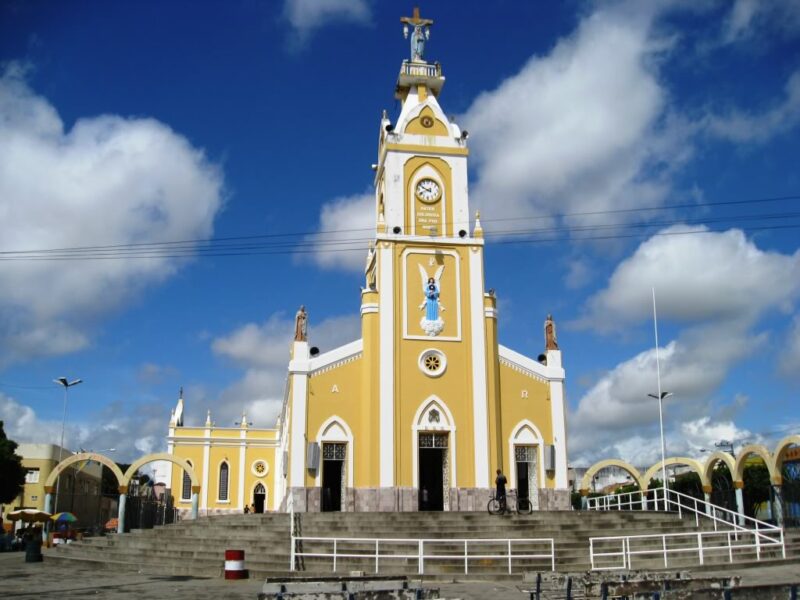
- Built: Its construction began in 1926 and was completed in 1938.
- Relation to Father Cícero: Father Cícero celebrated masses and held important religious events in this place, which became the heart of devotion in Juazeiro do Norte. It is also the place where he was buried, making it an important destination for the faithful.
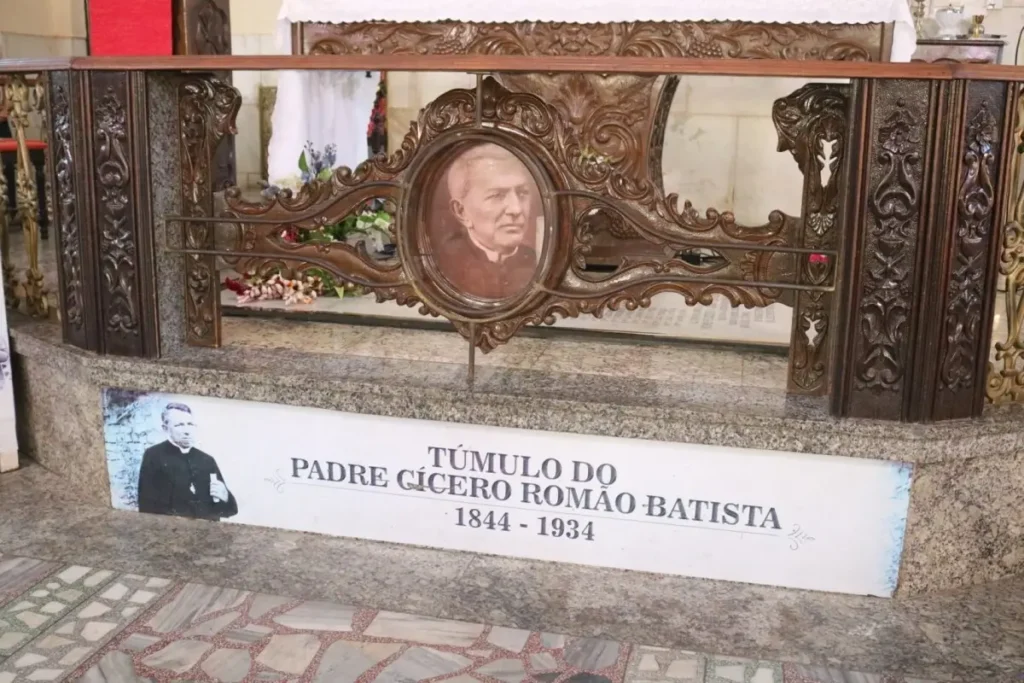
3. Church of Bom Jesus do Horto
This church is one of the places where Padre Cícero carried out his religious activities and is considered a landmark in the city’s history.
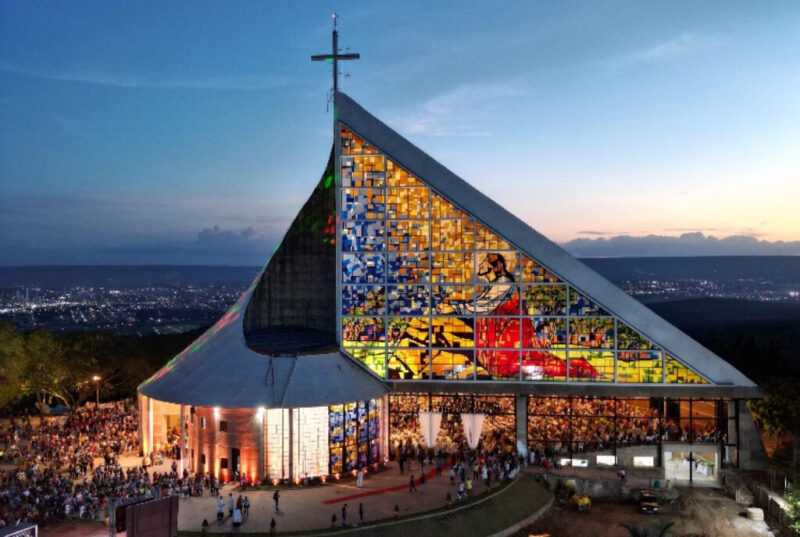
- Built: The original church was built in 1889, but has been renovated over the years.
- Relationship with Padre Cícero: Padre Cícero had a strong connection with this place, where he held celebrations and meetings with the community.
4. Our Lady of Socorro Church
One of the oldest churches in the city, the Church of Socorro is an important symbol of the faith of the local population.
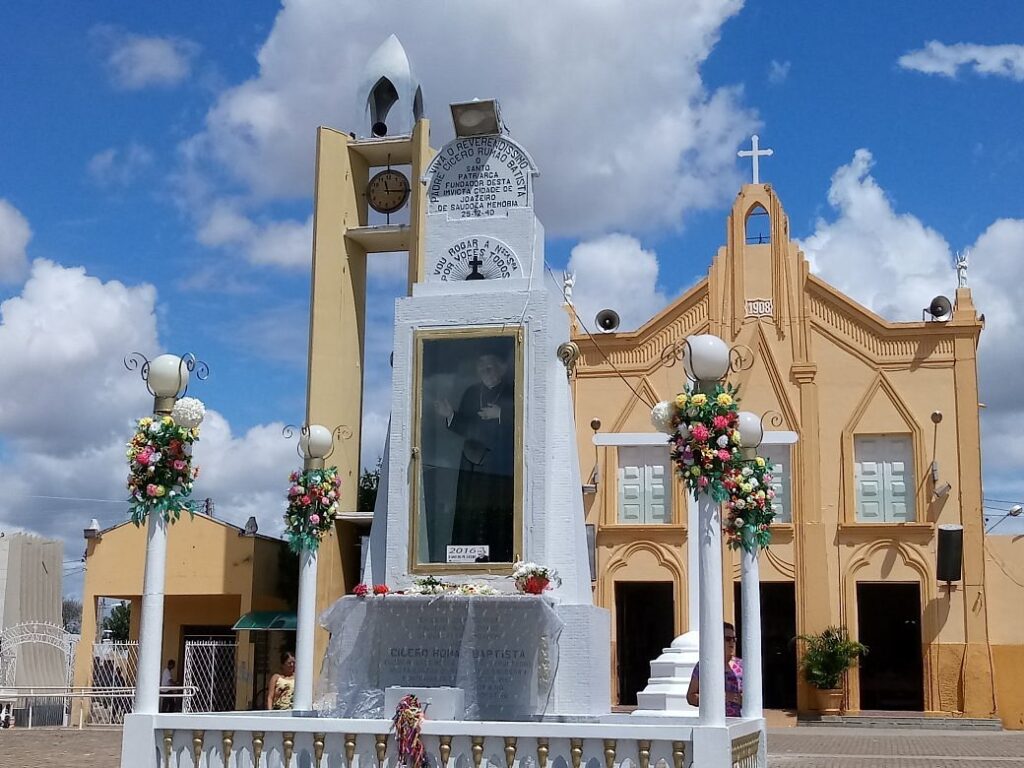
- Built: Its construction dates back to the 19th century, with several renovations over time.
- Relationship with Padre Cícero: The church was a place of great importance to Padre Cícero, who often celebrated mass there.
5. Church of Our Lady of the Conception
This church is an important religious and cultural monument in Juazeiro do Norte.
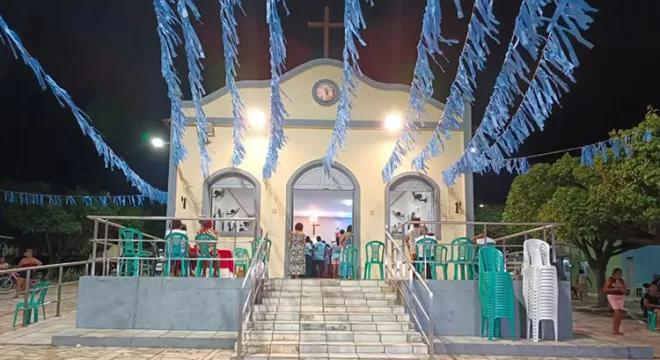
- Built: The church was built at the beginning of the 20th century.
- Relation to Father Cícero: Father Cícero also had a devotion to Our Lady of the Conception, and the Church receives many faithful who seek his intercession.
6. Casa do Padre Cícero Museum
The Casa do Padre Cícero Museum, located in Juazeiro do Norte, Ceará, is the former residence of Father Cícero Romão Batista.

The museum preserves his story, displaying personal objects, documents and photographs that reflect his life and influence on the community.
It is an important pilgrimage site for devotees who wish to honour his memory and understand his contribution to the Catholic faith and the culture of the North East.
7. Shrine of St Francis of the Wounds
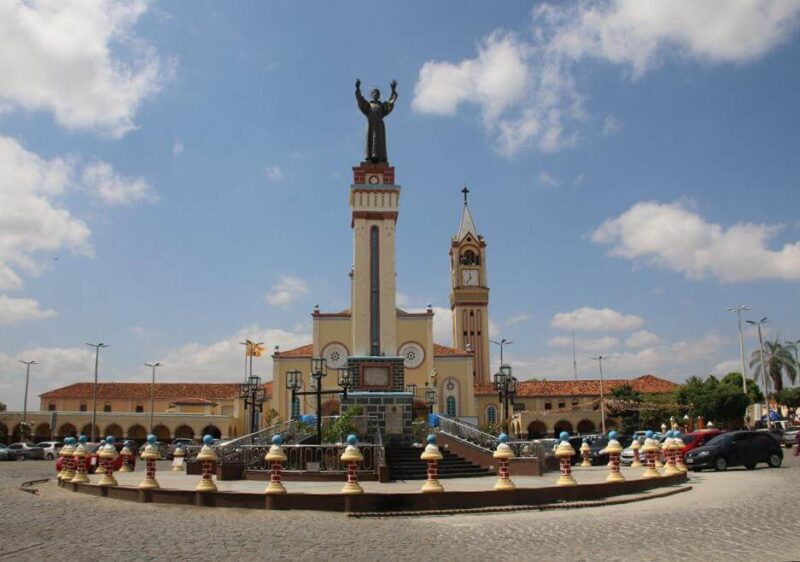
The Shrine of St Francis of the Wounds is a place of great importance for the faithful, especially those with a devotion to the saint. The shrine offers a space for prayer and reflection, as well as the organisation of religious events.
8. Sacred Heart of Jesus Parish

The Sacred Heart Parish is another important church in the city, where masses and community events are held. It is a place where the faithful gather to strengthen their faith and participate in the religious life of the city.
Religious tourism in other regions of the Northeast
Religious tourism extends to several cities in Cariri and other regions of the Northeast, each with its own unique characteristics.
1) Milagres – Ceará
In Milagres, 475 km from Fortaleza, visits in honour of the patron saint Nossa Senhora dos Milagres are still modest, but the town is trying to promote events to attract more tourists.
2. Barbalha – Ceará
In neighbouring Barbalha, the Festa do Pau de Santo Antônio or Pau da Bandeira Festival is internationally renowned. Held in July, it attracts thousands of visitors to honour the matchmaker, Saint Anthony.
The pau da bandeira, a traditional rite in which a tree trunk is cut and carried to the Igreja Matriz de Santo Antônio, attracts many devotees, especially single women.
3. Santana do Cariri – Ceará
Santana do Cariri has seen a growth in religious tourism, especially around the Memorial of the Martyr Benigna, a chapel dedicated to a teenage girl who died defending her chastity. In October this year, around 4,000 people took part in the pilgrimage in honour of Benigna.

Other points of interest include the Pontal da Santa Cruz, where a cross was erected in the 19th century to ward off a demon, and the Mother Church, with its centuries-old architecture.
4. Campos Sales – Ceará
In Campos Sales, the 26 metre high Mirante de Nossa Senhora da Penha, the patron saint of the town, will be the fourth largest religious monument in Ceará, after the images of Nossa Senhora de Fátima, São Francisco das Chagas and Padre Cícero.
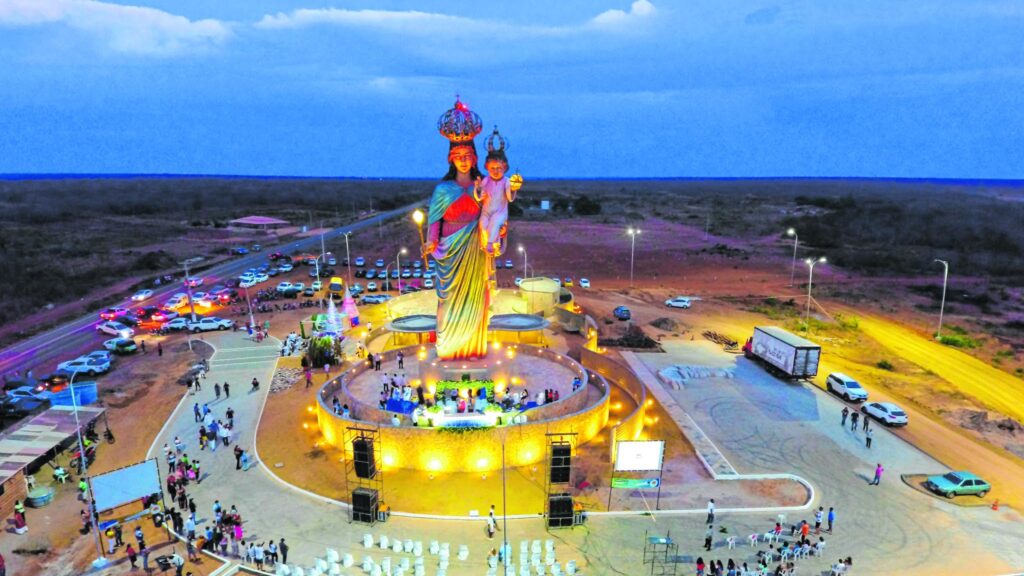
5. Bahia
Religious tourism in Bahia is growing every year, attracting crowds to events such as the Bom Jesus da Lapa pilgrimage and the masses in honour of Sister Dulce in Salvador, generating a total flow of around 1.5 million visitors.
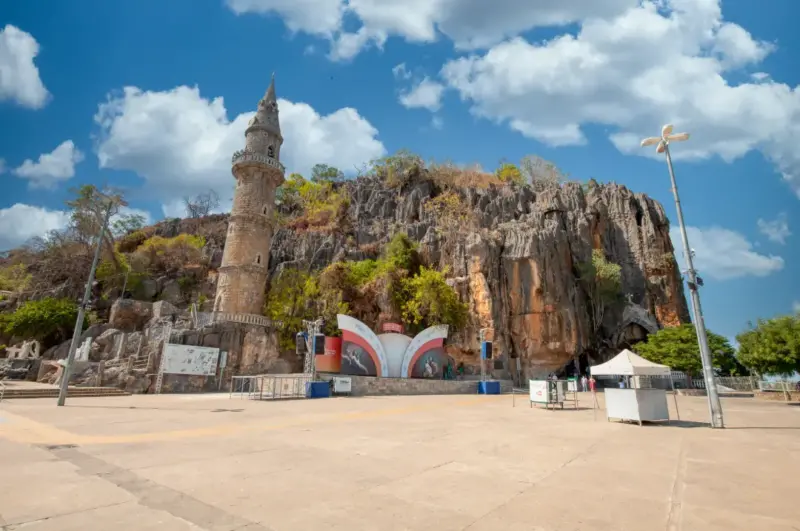
The city is an important religious centre in the Northeast, with a rich variety of temples and festivals.
6. Nova Jerusalem (Fazenda Nova) – Pernambuco
Nova Jerusalem in Pernambuco is considered to be the largest open-air theatre in the world.
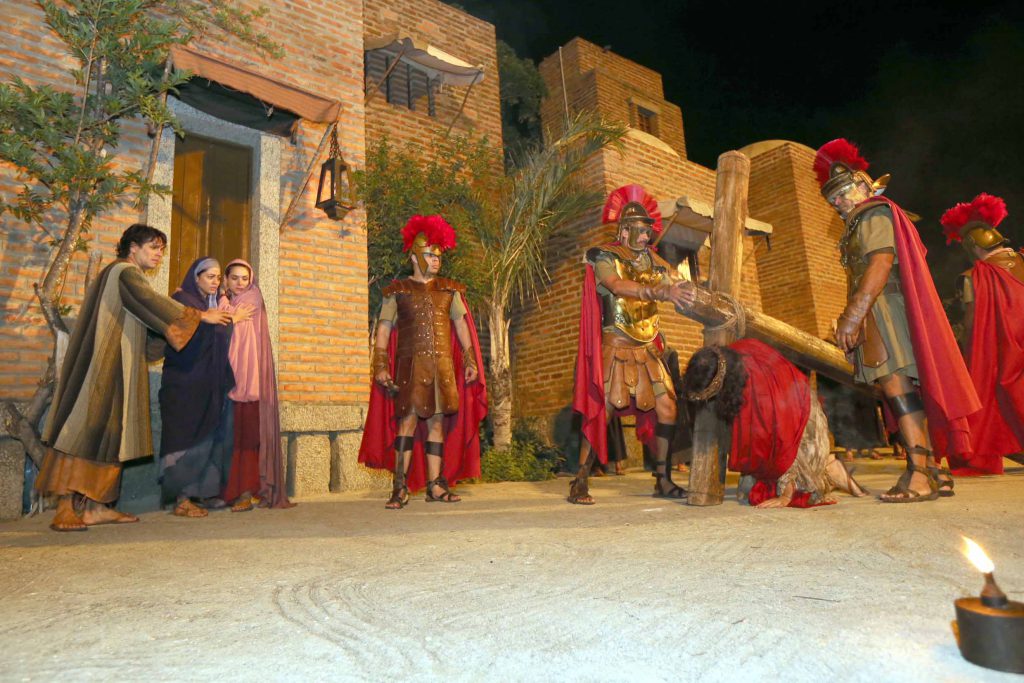
Every year thousands of people attend the Passion of the Christ spectacle during Easter Week, which offers an immersive experience with artists portraying biblical characters.
7. Canindé – Ceará
Finally, in Canindé, known for its devotion to São Francisco das Chagas, the city receives thousands of faithful every year between 29 September and 4 October.

One of the main tourist attractions is a 30-metre-tall monument to the saint on the hill of the mill, as well as the Basilica of São Francisco and the House of Miracles.
Devotion to the saint is so strong that the town is transformed into a veritable sanctuary during the festivities.
Religious tourism in the Northeast of Brazil
Publicações Relacionadas
Cariri in Ceará: An Ecological and Cultural Tourism Destination
Baturité Massif: A Scenic Destination in Ceará
Guaramiranga: The Switzerland of Ceará
Serra de Ibiapaba: A natural paradise for adventure and ecotourism
Three-day tour of the Cariri region of Ceará
Ubajara National Park: Adventure Awaits in Ceará
This post is also on:
![]() Português
Português ![]() English
English ![]() Deutsch
Deutsch ![]() Español
Español ![]() Français
Français
